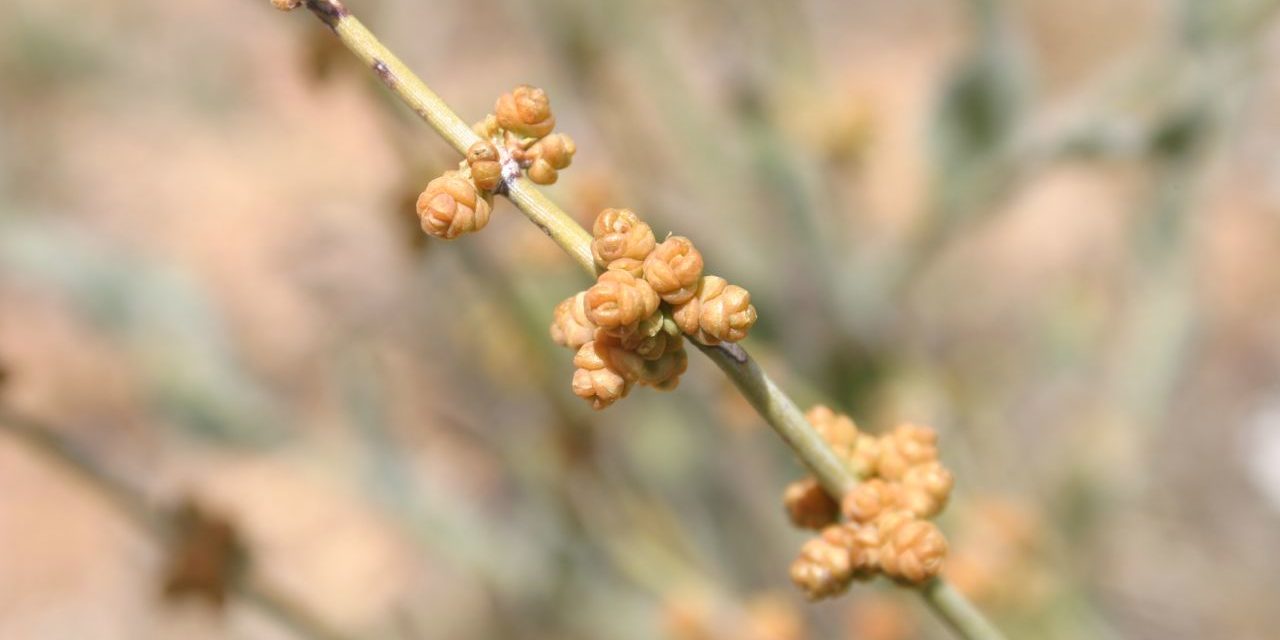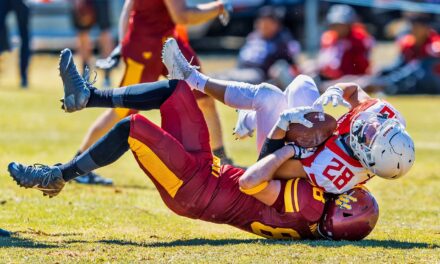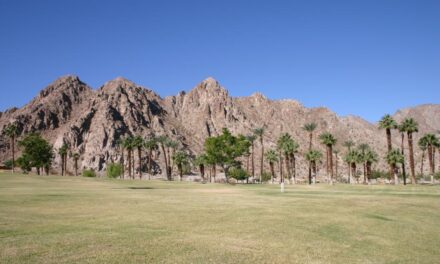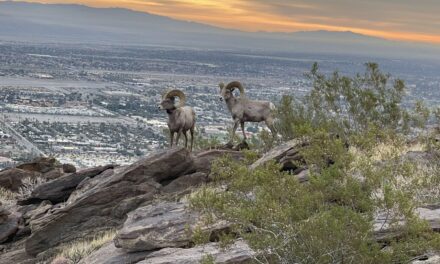The Little San Bernardino Mountains mark the transition between the valley’s Colorado Desert and the higher Mojave Desert to the north.
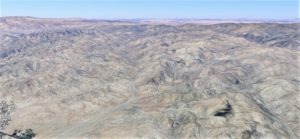
The Long Canyon Trail follows an old service road up a fault line near Desert Hot Springs.
Among the least hiked areas of the Coachella Valley is its eastern side, the Little San Bernardino Mountains. Only one valley city sits along the range, so there isn’t a lot of public access to them. The range also has fewer foothills than the San Jacintos and Santa Rosas on the valley’s west side, so on average is steeper.
But there are trails, all offering interesting vistas of the valley that you can’t get on the west side.
One excellent route to try is the Lost Canyon Trail in Desert Hot Springs. A former service road, you can hike it 12 miles one-way deep into Joshua Tree National Park’s southwest corner.
To reach the trail, from Interstate 10 exit north onto Palm Drive and drive into Desert Hot Springs. Turn right/east onto Dillon Road then left/north onto Long Canyon Road. When the road curves northwest, it becomes Hacienda Avenue; instead turn right/northeast onto Long Canyon Road. In about 1.5 miles, a small unpaved parking lot sits on the road’s right side.
Continue walking the road north into Long Canyon. A wash sits just below the road’s right/east side as you gently ascend through the desert into the foothills.
At about 0.5 miles, the road appears to end. Walk through the wash toward a row of boulders. On the other side, you’ll be able to pick up the old service road as it serpentines through the canyon bottom.
You’re now in Joshua Tree National Park, though it’s a section few have visited. You won’t find the park’s namesake here, as you’re at too low of an elevation for the Joshua tree to grow.
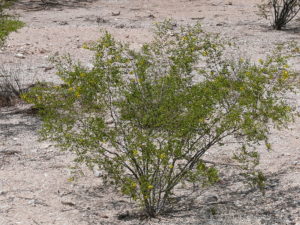
The creosote bush is easily recognizable by its railroad tie scent.
What you will find are plants common to both the Mojave and the Colorado deserts, the latter of which the Coachella Valley sits in. Among them are creosote, brittlebush, Mormon-tea, barrel cactus, and silver cholla.
A wide variety of creosote bush species are a common sight across the Southwest, as they cover much of the desert floor and the flat alluvial fans of the Mojave, Sonoran and Chihuahuan deserts. Following a rainfall, they sport fragrant five-petaled yellow flowers, otherwise it usually smells like creosote, a preservative used on railroad ties.
An evergreen shrub that can grow up to almost 10 feet high, when its oldest branches die, the crown usually splits with the new one becoming a clone. In fact, the King Clone creosote bush found in nearby Lucerne Valley is one of the Earth’s oldest living organisms, having been around for an estimated 11,700 years.
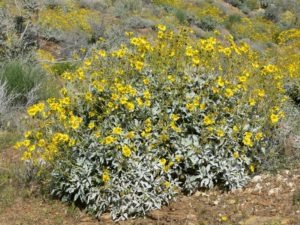
Missionaries used brittlebush as incense while cowboys found it a handy toothbrush.
Brittlebush is prevalent as well in Lost Canyon. The common desert shrub usually grows between a foot to five feet in height. Spanish missionaries in California burned its dried sap as incense while cowboys would break off branches to brush their teeth.
Mormon-tea ranges across the Southwest and as far north as Oregon. Reaching about a yard high, its long stems are a favorite of desert bighorn sheep, mule deer and pronghorn. The name comes from its long use as a beverage and herbal medicine.
There actually are a variety of barrel cactus species. During April, look for their brilliant yellow or orange flowers on the barrel’s top. While tiny, they are tough little plants. In fact, they’ll probably outlive you, as they boast a lifespan of 100 years.
Silver cholla grows up to 6.6 feet high, almost looking tree-like. It sports half-inch round tubes with up to 20 spines on each one. Its fruit smells like rancid butter.
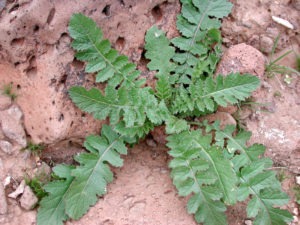
The invasive Sahara mustard weed can produce up to 16,000 seeds per plant.
You also may see the invasive Sahara mustard weed, along the way. With green leaves that stand out against the beige desert rock, the plant grows up to two feet high. A single plant can produce up to 16,000 seeds, choking out native wildflowers. Feel free to pull it from the ground, but be sure to wear gloves, because the scratchy stems can irritate skin.
While many of the same plants can be found in the Little San Bernardinos and the San Jacintos-Santa Rosas on the valley’s opposite side, the former has a bit more variety. Generally rising 4000-5000 high (though the tallest, Quail Mountain, tops out at 5,813 feet), the San Bernadinos mark the transition between the valley’s Colorado Desert and the higher Mojave Desert to the north.
The canyon follows the Lost Canyon Fault, which runs north-south, roughly perpendicular to the San Andreas. Along the way, you’ll see plenty of gneiss rock with wavy patterns of alternating dark and light lines showing how the land has shifted over the eons.
For day hiking, a good spot to turn back is at the two mile mark for a 4-mile round trip. An intermittent stream flows in from the left/east at about that point. On the walk back, you’ll be treated to great views of Mount San Jacinto to the southwest.
Should you keep going, you’ll ultimately end up south of Yucca Valley and west of Warren Peak. To stay in the park, a side canyon is taken to the Warren Peak Trail.
The entire hike is exposed to the sun, so be sure to don sunscreen, sunglasses and sunhat as well as carry plenty of water. As at times you’ll slog across sand, you’ll definitely want to wear quality hiking boots and use a trekking pole. To avoid heat stroke or cold weather, the trail is best done during October to November and February to April when temperatures are pleasant.
Never hike the trail if rain is forecast or if rain has fallen within the past 24 hours, as flashfloods can occur.
Image Sources
- 01-The-Long-Canyon-Trail-follows-an-old-service-road-up-a-fault-line-near-Desert-Hot-Springs.: Rob Bignell
- 03-Missionaries-used-brittlebush-as-incense-while-cowboys-found-it-a-handy-toothbrush.: Rob Bignell
- The Mormon-tea is a favorite food of desert bighorn sheep.: Rob Bignell

